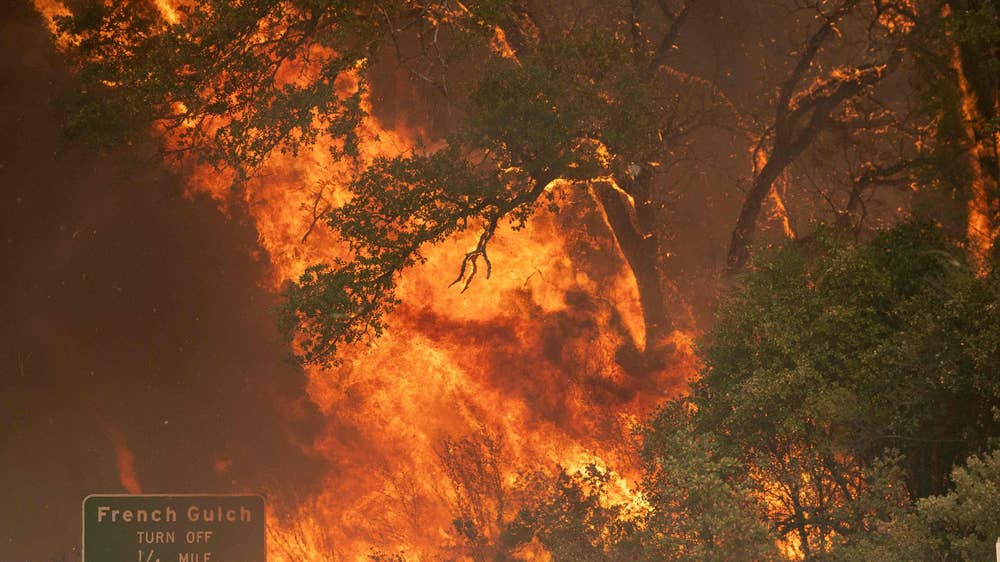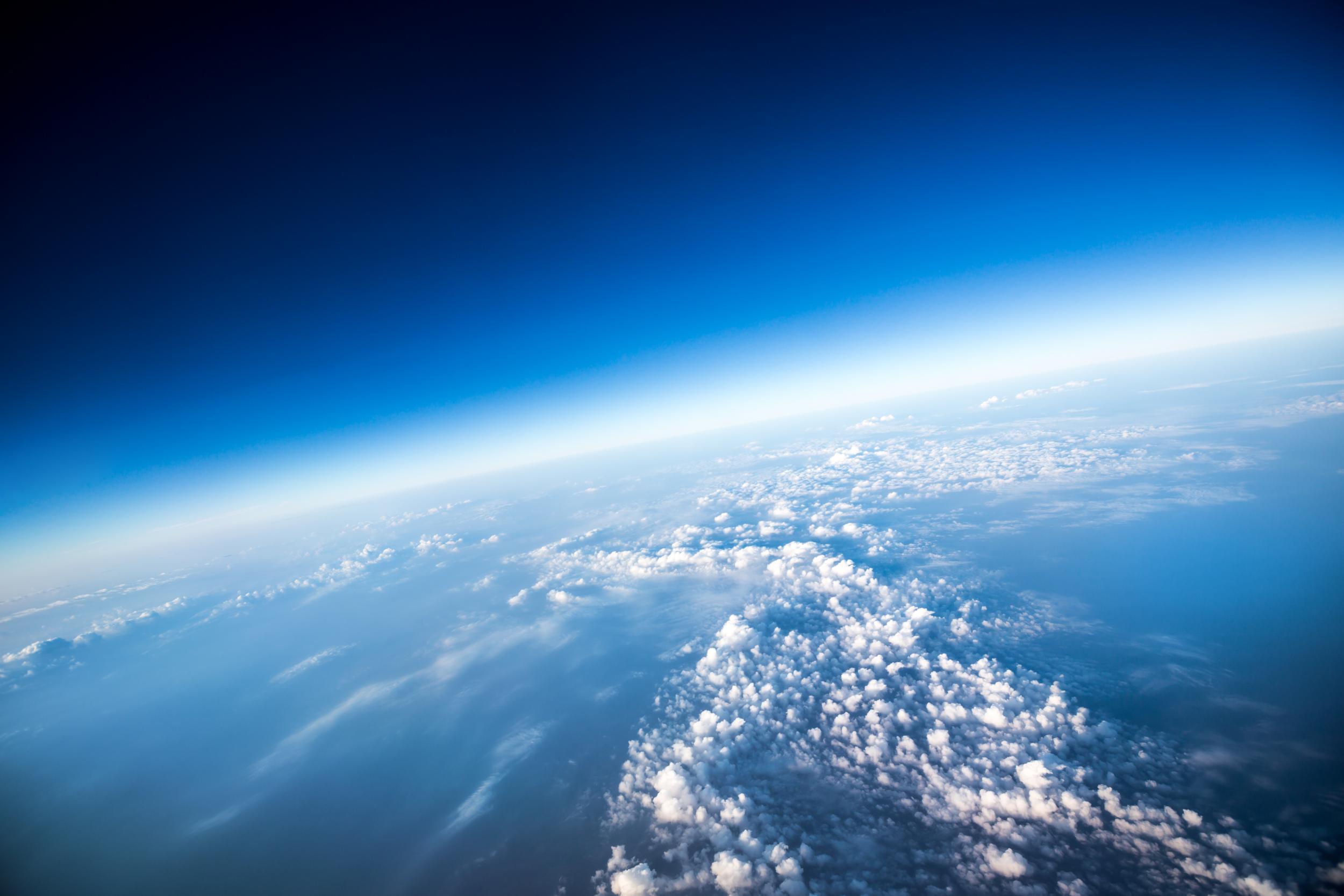The current depletion in the Arctic looks set to surpass smaller holes recorded in 1997 and 2011
A hole has opened in the ozone layer above the Arctic and looks set to become the largest on record for the region.
Maps of the Arctic Hemisphere from NASA’s Ozone Watch, created with satellite data, show the hole growing in size from late last year until now.
The hole looks set to break up in the coming weeks but not before setting a new record in ozone layer depletion at the North Pole.

“From my point of view, this is the first time you can speak about a real ozone hole in the Arctic,” Martin Dameris, an atmospheric scientist at the German Aerospace Center, told Nature.
The ozone layer is a protective shield in the Earth’s stratosphere which absorbs some of the ultraviolet radiation reaching us from the sun. Without the ozone layer, it would be nearly impossible for anything to survive on the planet.
A hole has opened in the ozone layer above the Arctic and looks set to become the largest on record for the region.
Maps of the Arctic Hemisphere from NASA’s Ozone Watch, created with satellite data, show the hole growing in size from late last year until now.
The hole looks set to break up in the coming weeks but not before setting a new record in ozone layer depletion at the North Pole.
“From my point of view, this is the first time you can speak about a real ozone hole in the Arctic,” Martin Dameris, an atmospheric scientist at the German Aerospace Center, told Nature.
The ozone layer is a protective shield in the Earth’s stratosphere which absorbs some of the ultraviolet radiation reaching us from the sun. Without the ozone layer, it would be nearly impossible for anything to survive on the planet.
In March, weather balloons were sent up by researchers in the Arctic and reported a 90 per cent drop in ozone at the layer’s core.
Scientists are watching and waiting to see what happens next but it appears the new ozone layer depletion in the Arctic will surpass smaller holes recorded in 1997 and 2011.
Marcus Rex, an atmospheric scientist at the Alfred Wegener Institute in Germany, told Nature that the Arctic ozone hole didn’t threaten human health but over the next month, there was a possibility it might drift over more populated areas. In that case, he recommended more sunscreen. (Thinning of the ozone layer exposes us to more ultraviolet radiation from the sun, increasing the likelihood of sunburn and skin cancer.)

Last month there was good news for the ozone layer, when a study found that the hole in the southern hemisphere had significantly shrank due to an 1987 international treaty, the “Montreal Protocol”, which banned the use of CFCs.
Antara Banerjee, a CIRES Visiting Fellow at the University of Colorado Boulder who also works at the National Oceanic and Atmospheric Administration (NOAA), led the study.
“The emissions of ozone-depleting substances that were responsible for the ozone hole – the CFCs from spray cans and refrigerants – started to decline around 2000, thanks to the Montreal Protocol.




